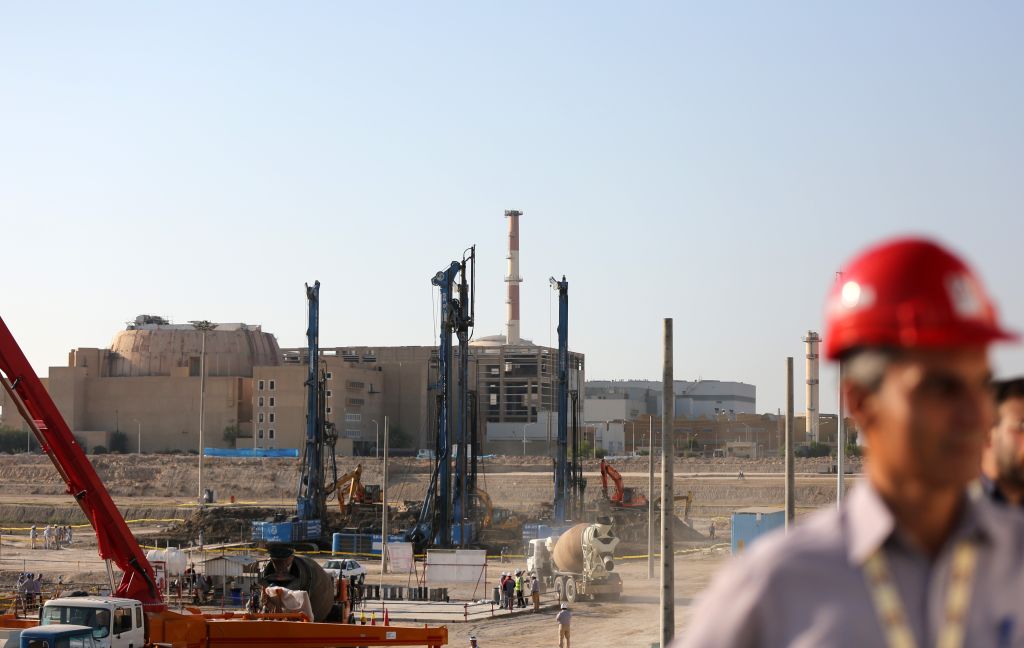As policymakers globally are preoccupied with managing the devasting impact of the Covid-19 pandemic, a perfect storm of events appears to be coalescing around the Iran nuclear issue. Although both the US and Iran stepped back from the precipice of direct military conflict in early 2020, following the killing of Islamic Revolutionary Guard Corps commander Qassem Soleimani, a number of developments since then—including Covid-19 itself—have arguably increased the prospect of Washington launching a strike against Iranian targets at some point before the US presidential election in November.
Over the first quarter of 2020, Tehran has taken several decisive steps that perceivably move it further away from full compliance with the Joint Comprehensive Plan of Action on its nuclear program, potentially providing Washington with the justification it is seeking for action against Iran.
Tehran has continued to expand its stockpile of low-enriched uranium—up from 373 kilograms in November 2019 to around 1,050 kilograms by March 2020. This is significantly more than what is allowed under the JCPOA and, if enriched to weapons grade, would be sufficient for a nuclear weapon. Tehran has also increased the number of advanced centrifuges in operation in test environments and has increased its enrichment capacity by around 20% since November 2019.
In early 2020, Tehran not only failed to respond to requests from the International Atomic Energy Agency for information on three undeclared facilities, but also denied requests from the IAEA, under the additional protocol to the JCPOA, for complementary inspections of two of these facilities.
Read the article by Connor Dilleen in The Strategist.

